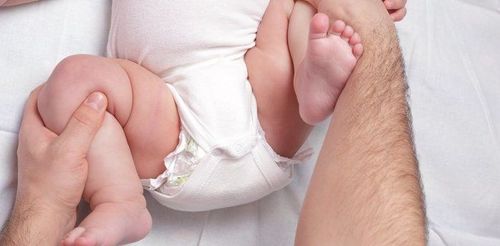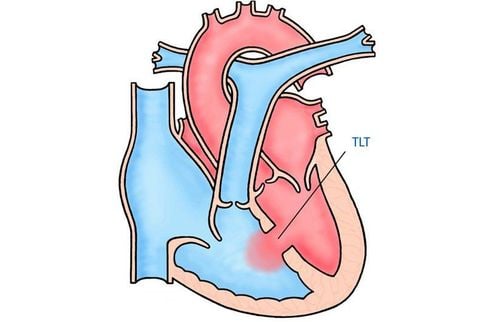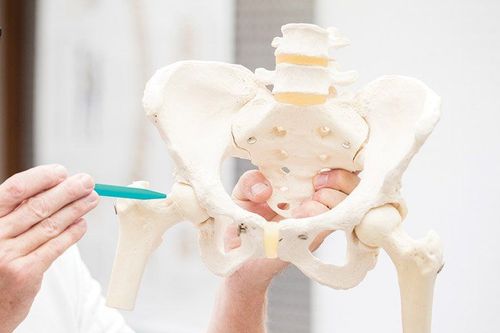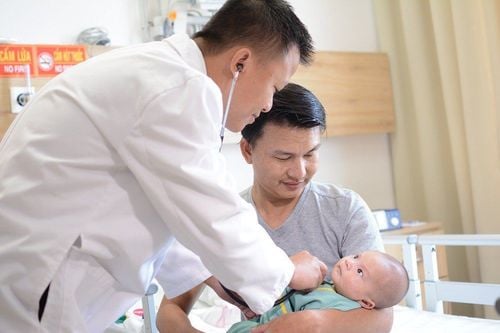This is an automatically translated article.
Posted by Specialist Doctor II Pham Do Ngoc Diep - Neonatologist - Neonatology Department - Vinmec Times City International Hospital
Congenital hip dislocation is when a baby is born with an unstable hip, due to the abnormal formation of the hip during the early stages of fetal development. This is a rare birth defect that, if not examined and intervened early, can leave musculoskeletal sequelae, pelvic deformation affecting aesthetics and reproductive function in girls.
1. What is Congenital Dislocation of the Hip = CDH?
Congenital hip dislocation is a deformity of the supraclavicular head that does not fit correctly with the supraclavicular socket or is displaced outside the socket. The hip joint can be dislocated on one or both sides. The incidence is 1/800-1000 births, occurring more often in females than in males.
Today, many authors consider this to be a group of pathologies of the hip, with the name "Developmental Dysplasia of the Hip (DDH).
2. What are the risk factors for hip dislocation?
Cases of breech or breech birth are more prone to hip dislocation. In addition, girls have a higher risk of congenital hip dislocation than boys. Another factor that increases the risk of hip dislocation is maternal hormones and the loose nature of the hip capsule and ligaments.
Hip dislocation can be detected right after birth or the first few weeks after birth with the following signs:
Limited range of motion in the hip joint Uneven knee position. Disproportionate folds. The dislocated limb is shorter than the healthy side

3. Measures to detect congenital hip dislocation
Measures to detect congenital hip dislocation are as follows:
Positive Ortolani test: The femoral part of the joint being examined is dislocated (ie, the knee is moved away from the midline into the position of the frog's leg. ) and gently pull it forward. The anomaly is indicated by clearly visible, audible femoral head, posterior margin of the acetabulum, and reposition in the cavity. Positive Barlow test: The hip is returned to the starting position and then slightly extended (ie, the knee is pulled to the opposite side of the body) and the thigh is pushed back. A crunching sound indicates that the femoral head is moving away from the acetabulum. Accordingly, if one side is dislocated, the gluteal folds are disproportionate and the limbs are unevenly long. If both sides are dislocated, the range of motion of both hip joints is limited.
4. What are the complications of congenital hip dislocation?
If a child has a congenital hip dislocation that is not treated, it will leave serious complications such as:
Hip osteoarthritis The gait becomes abnormal The legs are disproportionate in length: this makes the child become slowly affects daily activities. For girls, hip dislocation will cause pelvic deformity, affecting future fertility problems. Hip dislocation can cause kyphosis, scoliosis due to asymmetry of the lower extremities. Butt folds and unequal leg length in children with congenital hip dislocation.

5. Treatment of congenital hip dislocation
5.1 Rehabilitation
If detected and given physical therapy to restore function of congenital hip dislocation early, the recovery rate will be more than 96%, avoiding the risk of disability for the child in the future. Children are identified and given physical therapy before 4 months of age and ideally by one month of age.
Babies under one month of age sleep a lot, have little movement, so putting a diaper with a sucker to shape the hip joint will have a very good effect. The treatment is simply to maintain the position of the hip in a flexed and abducted position for about 2 months. However, the treatment should be continued until X-ray and ultrasound results are obtained. showed that the supraclavicular head was in the normal position. This position helps to maintain the correct position of the head on the femur and stimulates normal socket development.
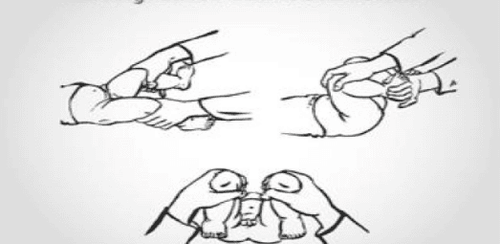
For children discovered from 1 to 6 months of age: the treatment is also done in the same way to bring the upper femoral head into the socket and usually after the first 3 to 4 weeks, the upper femur will return to the position. normal mind. This technique allows for success in 90 to 95% of cases.
Accordingly, parents can do at home the following measures:
Keep the child in a hip and knee flexed position by: Close diapers. Carry or carry a baby. Place the baby on his or her stomach while sleeping.
5.2 Orthopedic braces
Types of splints commonly used to treat congenital hip dislocation are as follows:
Pavlik Harness splint: The most popular and widely indicated type of splint, soft belt. Freijke knee brace: A convenient brace, indicated for cases of loose hip joints. Hip splint made of soft foam: This is a type of brace currently being manufactured and indicated for treatment at the Department of Rehabilitation of the Children's Hospital. Time to wear the brace: Right after birth until the child is 1 year old. Continuously wear day and night for the first 6 months and waist brace at night for the next 6 months.
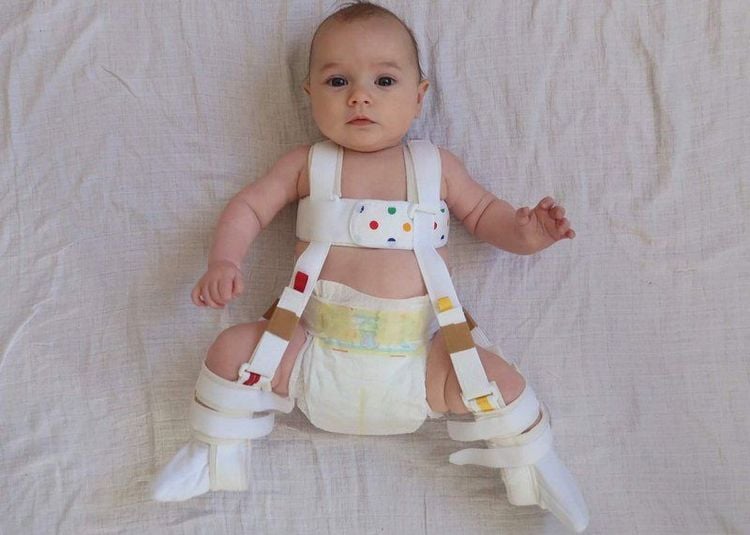
5.3 Orthopedic cast
Indications: All children diagnosed with congenital hip dislocation before 6 months. Materials: Cotton cloth or toilet paper, cast powder Medicine: Pain reliever (Paracetamol, Efferangan..), disinfectant (Betadin) Patient: The child is placed on a cast table, exposing the entire lumbar region and lower extremities In case, detected late, the child is already walking, parents take the child to the hospital with the reason that the child's legs are limp. If coming early, the child will be pulled weights, cast to fix the hip for 3 months. After this time, if the hip joint does not recover, it will wait for an indication for surgery according to the time the doctors visit, even if surgery is required, the surgery at this age is simple (not having to cut the femur, the time required for surgery). short surgery) and high resilience.
When children can walk, even more than 10 years old can still perform surgery, but the older they get, the less likely they are to recover. Children with congenital hip dislocation, the later the treatment, the higher the risk of head necrosis. This is the most dangerous complication of congenital hip dislocation. If the child is not treated, it will cause pain when walking, scoliosis, spondylolisthesis, and knee osteoarthritis. ..
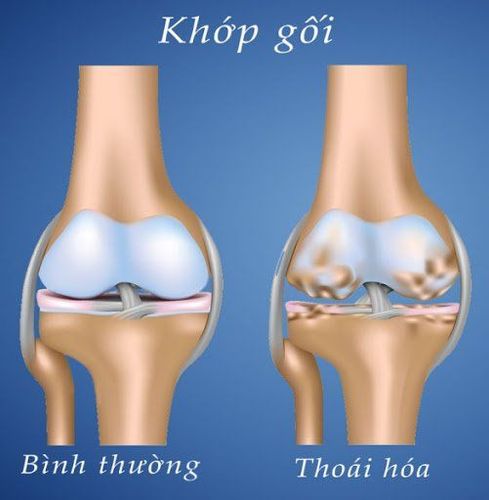
6. Follow up
Follow-up after the cast at home: If the child's toes are swollen, purple, painful, the parents need to take the child to a medical facility to remove the cast immediately to avoid necrosis.
Monitoring of complications:
Causing pressure leading to inflammation or ulceration of the skin and subcutaneous tissues Injury to soft tissues such as tendons, muscles, ligaments. Muscle atrophy and reduced mobility due to prolonged immobilization Follow up patients regularly by examination, check hip every 3 months for the first 2 years. Because it is a difficult technique, requires a high level of expertise, so you should take your child to a reputable hospital with a team of qualified doctors and modern equipment to achieve good treatment results. best.
As a key area of Vinmec Health system, Pediatrics Department always brings satisfaction to customers and is highly appreciated by industry experts with:
Gathering a team of top doctors and nurses in Pediatrics : consists of leading experts with high professional qualifications (professors, associate professors, doctorates, masters), experienced, worked at major hospitals such as Bach Mai, 108.. Doctors All doctors are well-trained, professional, conscientious, knowledgeable about young psychology. In addition to domestic pediatric specialists, the Department of Pediatrics also has the participation of foreign experts (Japan, Singapore, Australia, USA) who are always pioneers in applying the latest and most effective treatment regimens. . Comprehensive services: In the field of Pediatrics, Vinmec provides a series of continuous medical examination and treatment services from Newborn to Pediatric and Vaccine,... according to international standards to help parents take care of their baby's health from birth to childhood. Advanced techniques: Vinmec has successfully deployed many specialized techniques to make the treatment of difficult diseases in pediatrics more effective: neurosurgery - skull, stem cell transplant blood in cancer treatment. Professional care: In addition to understanding children's psychology, Vinmec also pays special attention to the children's play space, helping them to play comfortably and get used to the hospital's environment, cooperate in treatment, improve the efficiency of medical treatment. >>See more: Ultrasound diagnosis of congenital hip dislocation - Article by Master, Doctor Lam Thi Kim Chi - Radiologist - Imaging Department - Vinmec Danang International Hospital
Please dial HOTLINE for more information or register for an appointment HERE. Download MyVinmec app to make appointments faster and to manage your bookings easily.





